Sustainable homes and green building have both been increasing in popularity over the last decade. In fact, LEED certified green homes have had an overall increase of 20% over the last 5 years. Sustainable homes are often considered to be healthier for the occupants, as well as better for the environment, which increases their appeal. As awareness and demand for sustainable products and materials grow, so does the number of choices on the market for interested homeowners – and this includes numerous tile choices as well.
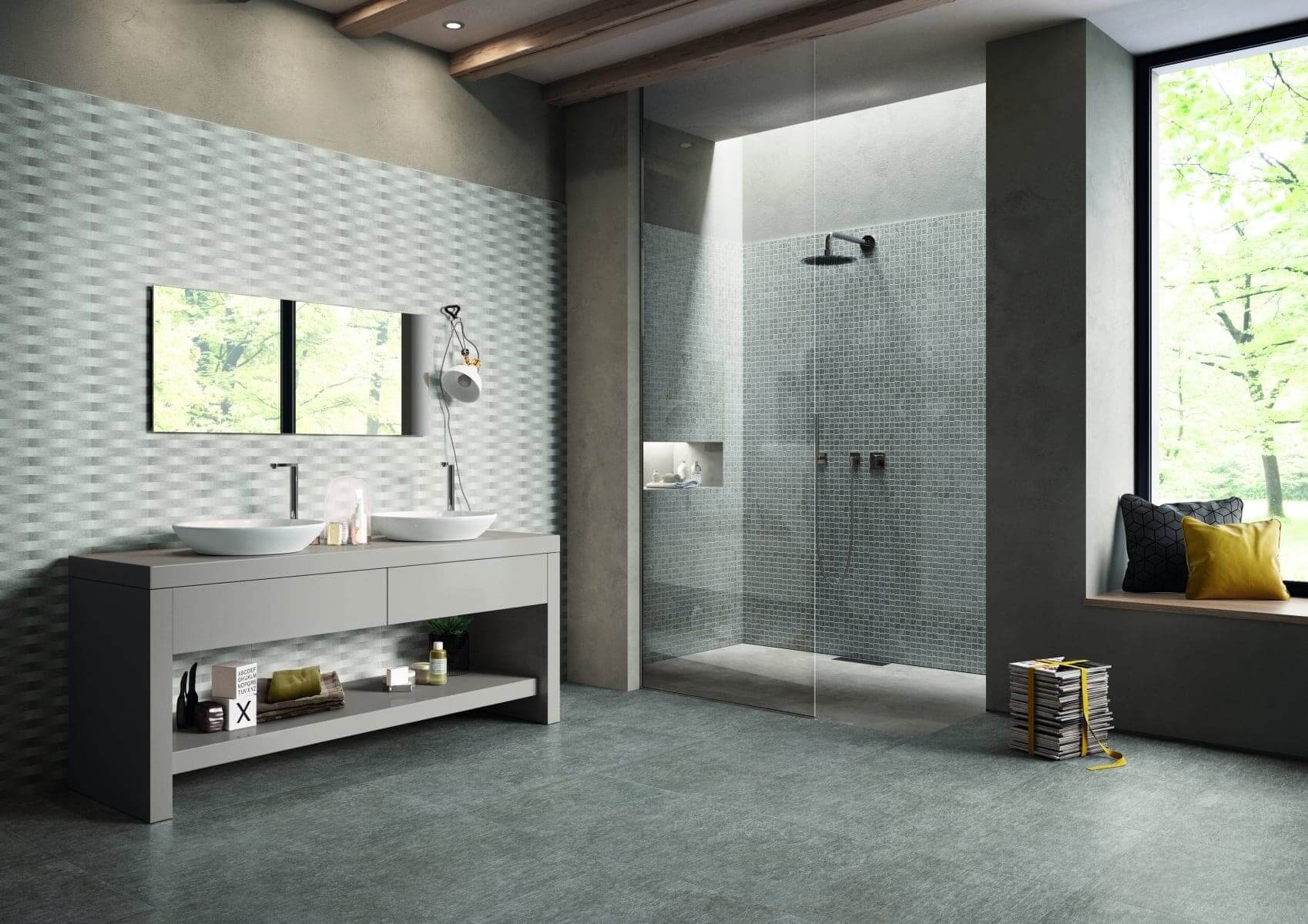
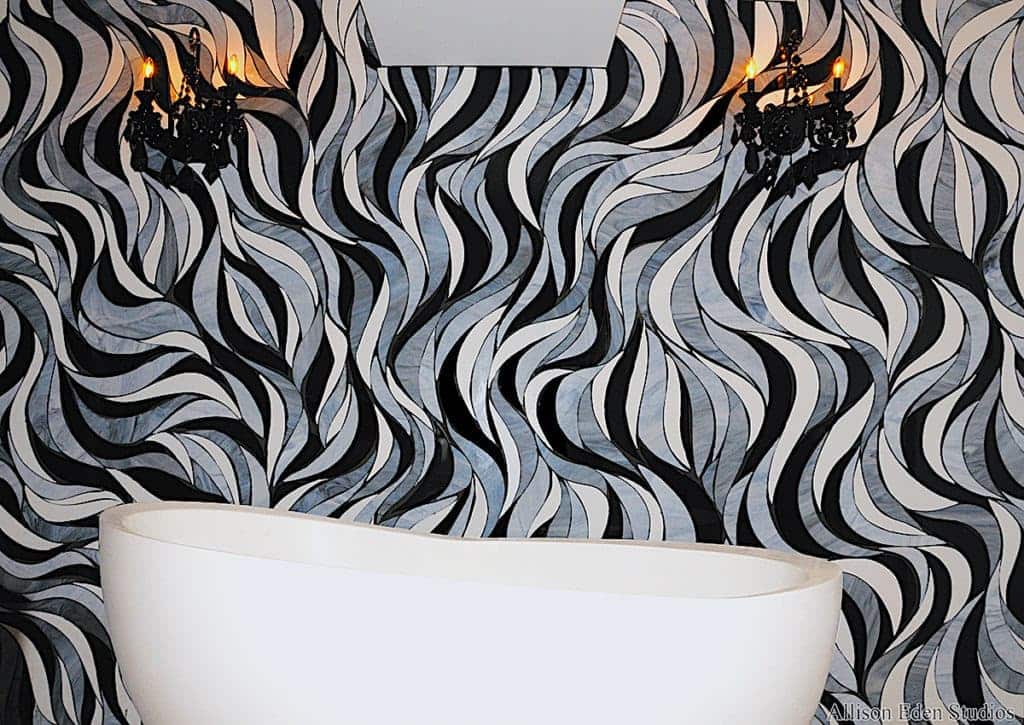
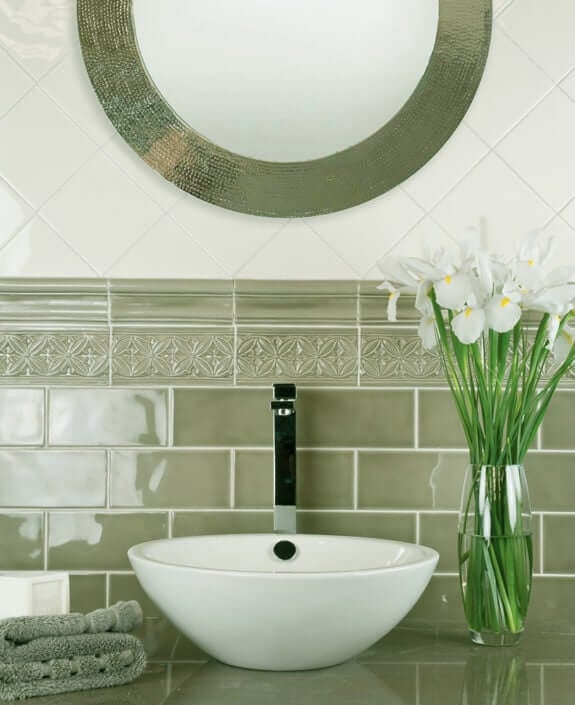 There are many types of sustainable and green building and finishing materials on the market. These include things like low or no VOC plywood and paint, or recycled and reclaimed glass or concrete. In fact, within the last few years, 66% of industry designers surveyed say that their clients want materials with a high-recycled content. Building materials are considered to be sustainable when they contain between 30% and 100% recycled content.
There are many types of sustainable and green building and finishing materials on the market. These include things like low or no VOC plywood and paint, or recycled and reclaimed glass or concrete. In fact, within the last few years, 66% of industry designers surveyed say that their clients want materials with a high-recycled content. Building materials are considered to be sustainable when they contain between 30% and 100% recycled content.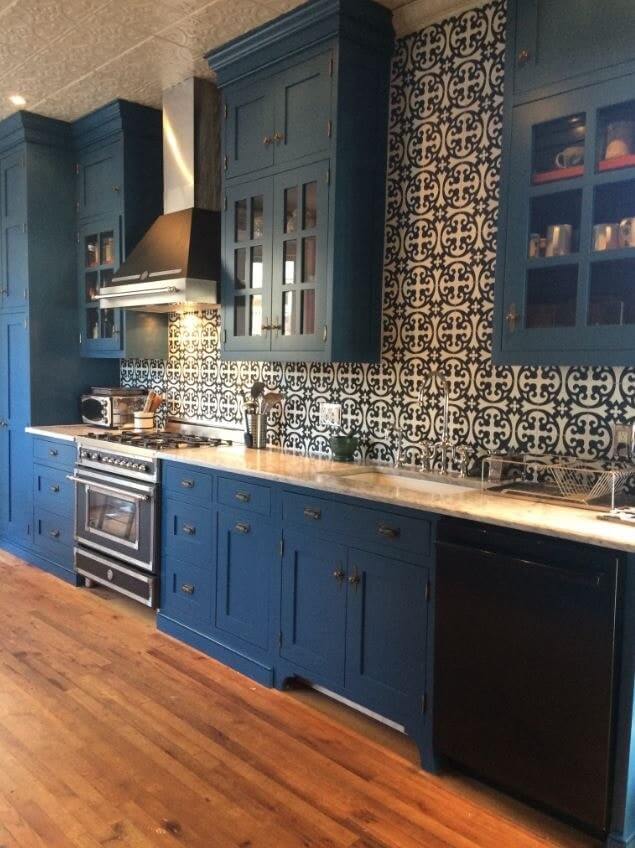 There are many high quality materials on the market that can fit the description of sustainability, and many of these are also types of tile. Glass, ceramic, cement, and
There are many high quality materials on the market that can fit the description of sustainability, and many of these are also types of tile. Glass, ceramic, cement, and 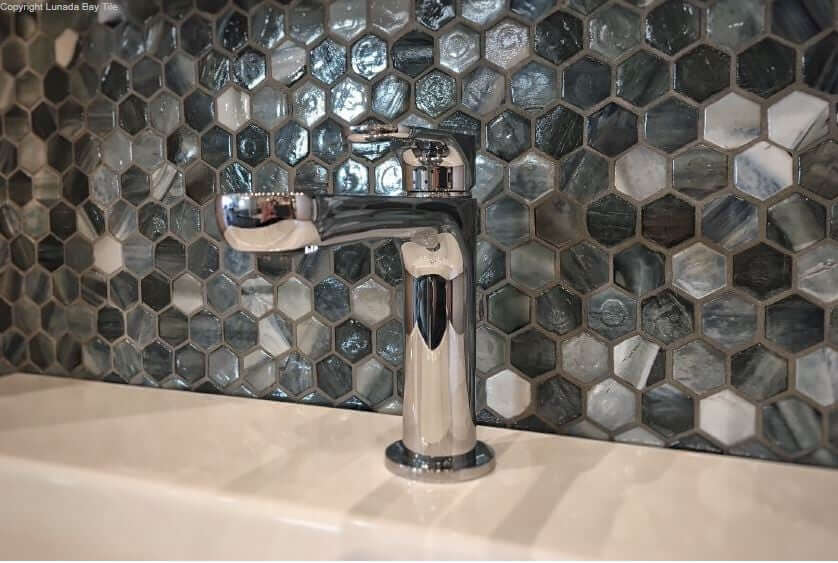 Glass is
Glass is 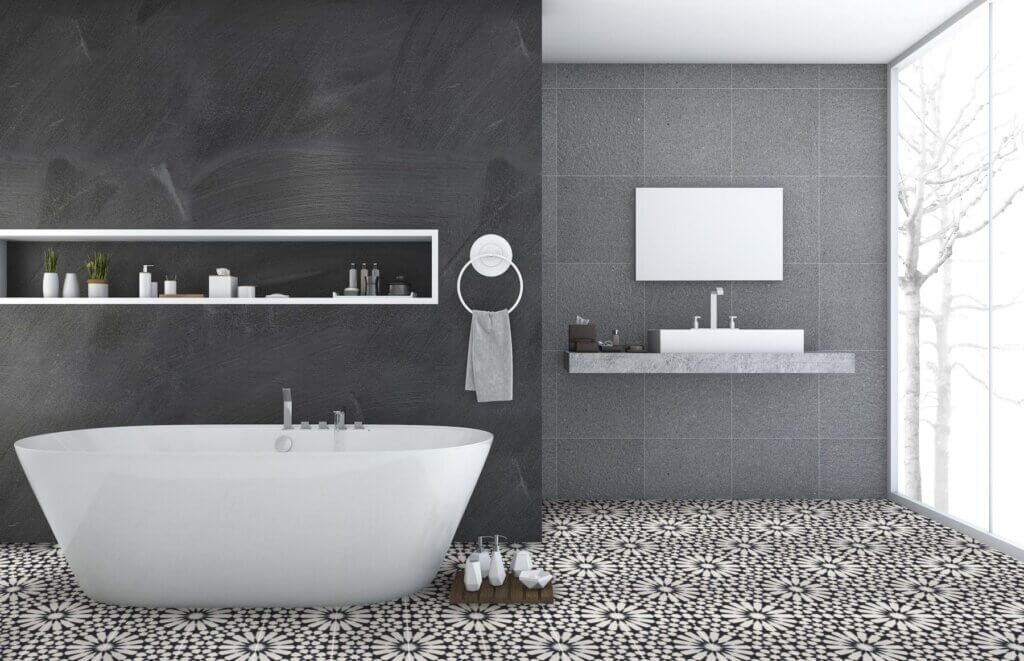 Ceramic and porcelain tile are both made from clay. This natural material is also non toxic, and clay is considered a readily available material that can be recycled. Even old tiles can be recycled again into new materials after use. And while clay tiles do require manufacturing, the industry as a whole has reduced its environmental impact significantly over the years, allowing ceramic and porcelain tiles to be eligible for LEED credits. Many tile manufacturers are recycling their waste water and excess clay, and high quality clay tiles can be reclaimed and used again. High quality ceramic and porcelain tile manufacturers often score well above the minimum threshold for sustainability put out by LEED. This process is beginning to gain popularity as well, with “
Ceramic and porcelain tile are both made from clay. This natural material is also non toxic, and clay is considered a readily available material that can be recycled. Even old tiles can be recycled again into new materials after use. And while clay tiles do require manufacturing, the industry as a whole has reduced its environmental impact significantly over the years, allowing ceramic and porcelain tiles to be eligible for LEED credits. Many tile manufacturers are recycling their waste water and excess clay, and high quality clay tiles can be reclaimed and used again. High quality ceramic and porcelain tile manufacturers often score well above the minimum threshold for sustainability put out by LEED. This process is beginning to gain popularity as well, with “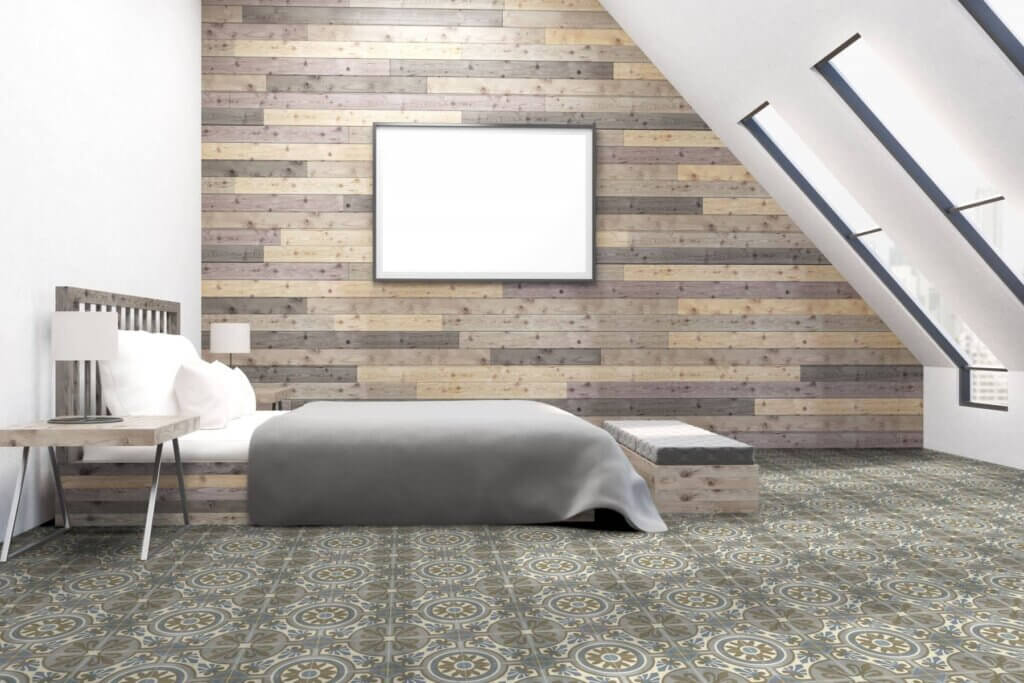 Cement tiles are another fantastic option for sustainable homes. Cement tiles don’t require heat for production like glass and clay tiles, so they use much less energy to produce. Cement is also a recyclable product that is non toxic and does not give off VOCs. Cement and concrete are also considered energy efficient materials because they have a
Cement tiles are another fantastic option for sustainable homes. Cement tiles don’t require heat for production like glass and clay tiles, so they use much less energy to produce. Cement is also a recyclable product that is non toxic and does not give off VOCs. Cement and concrete are also considered energy efficient materials because they have a 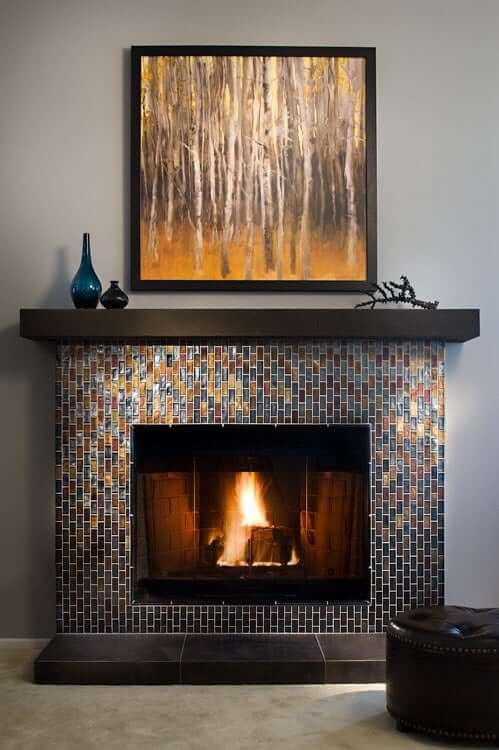 Demand for sustainable homes is up and growing. As more people become aware of the impact that building can have on the environment and on their own health, green building materials become more important every year. Green and sustainable homes may sell for up to 16% more than conventional homes, making these types of upgrades a good investment for homeowners as well. If you’re considering a home renovation or a new home build, go green with tile and help make your home healthier for you and the environment. Stop into Tile Showcase today, and let us show you our extensive collection of high quality cement, ceramic, porcelain, and glass tiles that can help you achieve the home of your dreams.
Demand for sustainable homes is up and growing. As more people become aware of the impact that building can have on the environment and on their own health, green building materials become more important every year. Green and sustainable homes may sell for up to 16% more than conventional homes, making these types of upgrades a good investment for homeowners as well. If you’re considering a home renovation or a new home build, go green with tile and help make your home healthier for you and the environment. Stop into Tile Showcase today, and let us show you our extensive collection of high quality cement, ceramic, porcelain, and glass tiles that can help you achieve the home of your dreams.